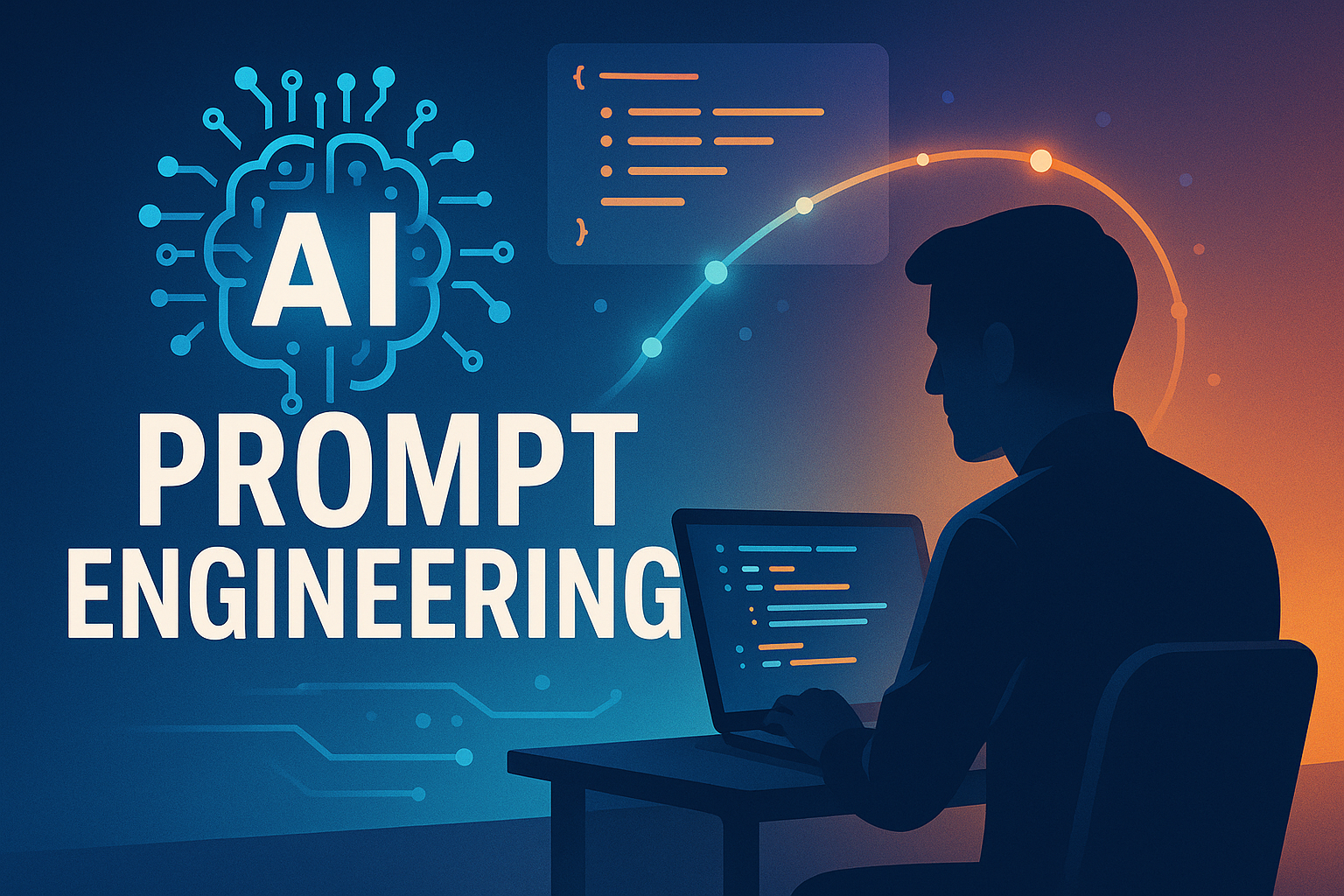
🌟 Mastering AI Prompt Engineering: The Key to Unlocking AI's Full Potential
🧠 In the age of artificial intelligence, how you ask determines what you get.
AI Prompt Engineering has emerged as a critical skill that bridges human intent and machine intelligence. Whether you're building an app, writing code, or generating content, knowing how to communicate effectively with AI systems like ChatGPT or Claude can make all the difference.
🧩 What is AI Prompt Engineering?
AI Prompt Engineering is the art and science of crafting inputs (prompts) to elicit the most accurate, relevant, and contextually appropriate outputs from AI models.
Unlike traditional programming—where commands are explicitly defined—prompt engineering relies on:
- Understanding language patterns
- Anticipating model behaviors
- Writing goal-oriented phrasing
💡 Think of it like talking to a very smart assistant who doesn’t know your context unless you explain it.
Example:
- ❌
Write about marketing - ✅
Write a 300-word blog post introducing digital marketing to small business owners with no technical background
📅 Why Prompt Engineering Matters in 2025
With AI integrating across industries, prompt engineering is now a foundational skill. Here’s why:
- ✅ Productivity Booster – Reduces edits and retries
- 🎯 Precision Control – Prompts yield more relevant results
- 🔄 Cross-disciplinary Power – Useful in marketing, education, development, etc.
- 🏆 Competitive Edge – Businesses that prompt well deliver smarter, faster solutions
✨ As AI evolves, so do the techniques behind effective prompting.
🚀 Proven Strategies to Engineer Better Prompts
Mastering prompts takes practice. These 5 strategies will accelerate your learning:
1. Be Clear and Specific
Vague inputs → vague outputs.
Instead of: Write a report
Use: Write a 500-word report summarizing the key benefits of solar energy for residential use.
2. Set the Format
Specifying the format improves response usability.
Example: List 5 pros and cons of electric vehicles in bullet points.
3. Provide Context
Adding details improves relevance.
Example: Generate a motivational quote for high school students preparing for final exams.
4. Use Role-Play Prompts
Assign the AI a persona to guide tone and structure.
Example: You are a cybersecurity expert. Explain to small businesses how to protect customer data.
5. Chain of Thought Prompting
For complex tasks, guide the AI step-by-step.
Example: First explain the concept of inflation, then describe its impact on household budgets.
🌍 Real-World Applications and Use Cases
Prompt engineering is for everyone, not just developers.
- 📝 Content Creation – Draft articles, social posts, ad copy
- 💬 Customer Support – Build dynamic FAQs and chatbots
- 🎓 Education – Create quizzes, explain topics, simulate tutoring
- 👨💻 Development – Generate code, debug, document via AI
- 🏥 Healthcare – Summarize patient data, symptom checking
📈 The applications are endless—and expanding daily.
✅ Conclusion
Prompt engineering isn't just a technical trick—it's a communication superpower.
In 2025 and beyond, mastering this skill means:
- Interacting with AI more effectively
- Innovating faster
- Solving problems with agility
- Delivering better customer experiences
💬 Start small. Experiment often. Remember: the better your prompt, the better your AI.
Stay curious, stay clear, and keep prompting.